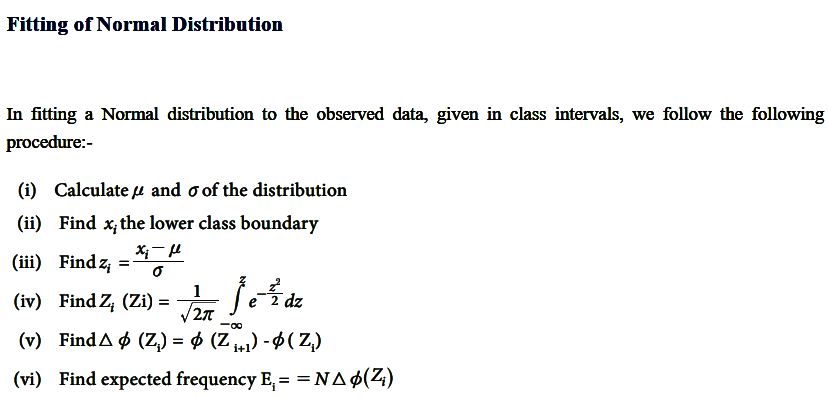Probability: Definitions and examples, Experiment, Sample space, Event, mutually exclusive events, Equally likely events, Exhaustive events, Sure event, Null event, Complementary event and Independent events
Probability is the measure of the likelihood that a particular event will occur. It is expressed as a number between 0 (impossible event) and 1 (certain event).
1. Experiment
An experiment is a process or activity that leads to one or more possible outcomes.
- Example:
Tossing a coin, rolling a die, or drawing a card from a deck.
2. Sample Space
The sample space is the set of all possible outcomes of an experiment.
- Example:
- For tossing a coin: S={Heads (H),Tails (T)}
- For rolling a die: S={1,2,3,4,5,6}
3. Event
An event is a subset of the sample space. It represents one or more outcomes of interest.
- Example:
- Rolling an even number on a die: E = {2,4,6}
- Getting a head in a coin toss: E = {H}
4. Mutually Exclusive Events
Two or more events are mutually exclusive if they cannot occur simultaneously.
- Example:
Rolling a die and getting a 2 or a 3. Both outcomes cannot happen at the same time.
5. Equally Likely Events
Events are equally likely if each has the same probability of occurring.
- Example:
In a fair coin toss, getting heads (P = 0.5) and getting tails (P = 0.5) are equally likely.
6. Exhaustive Events
A set of events is exhaustive if it includes all possible outcomes of the sample space.
- Example:
In rolling a die: {1,2,3,4,5,6} is an exhaustive set of events.
7. Sure Event
A sure event is an event that is certain to occur. The probability of a sure event is 1.
- Example:
Getting a number less than or equal to 6 when rolling a standard die: P(E)=1.
8. Null Event
A null event (or impossible event) is an event that cannot occur. Its probability is 0.
- Example:
Rolling a 7 on a standard die: P(E)=0.
9. Complementary Event
The complementary event of A, denoted as A^c, includes all outcomes in the sample space that are not in A.
- Example:
If is rolling an even number ({2,4,6}, then A^c is rolling an odd number ({1,3,5}.
10. Independent Events
Two events are independent if the occurrence of one event does not affect the occurrence of the other.
- Example:
Tossing two coins: The outcome of the first toss does not affect the outcome of the second toss.



